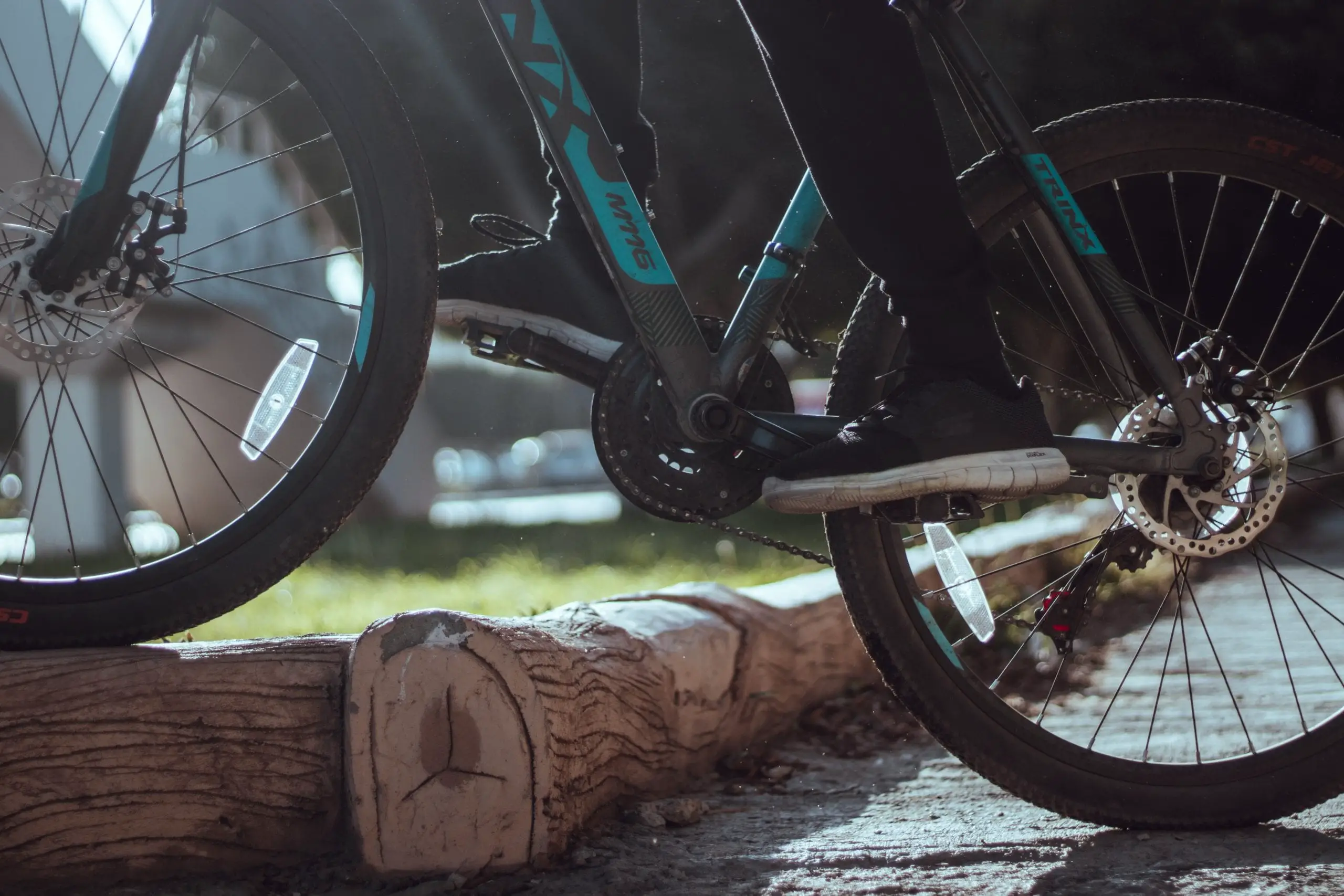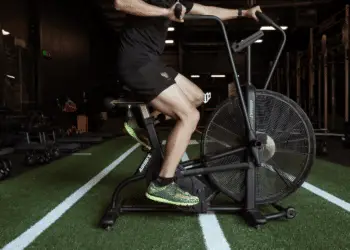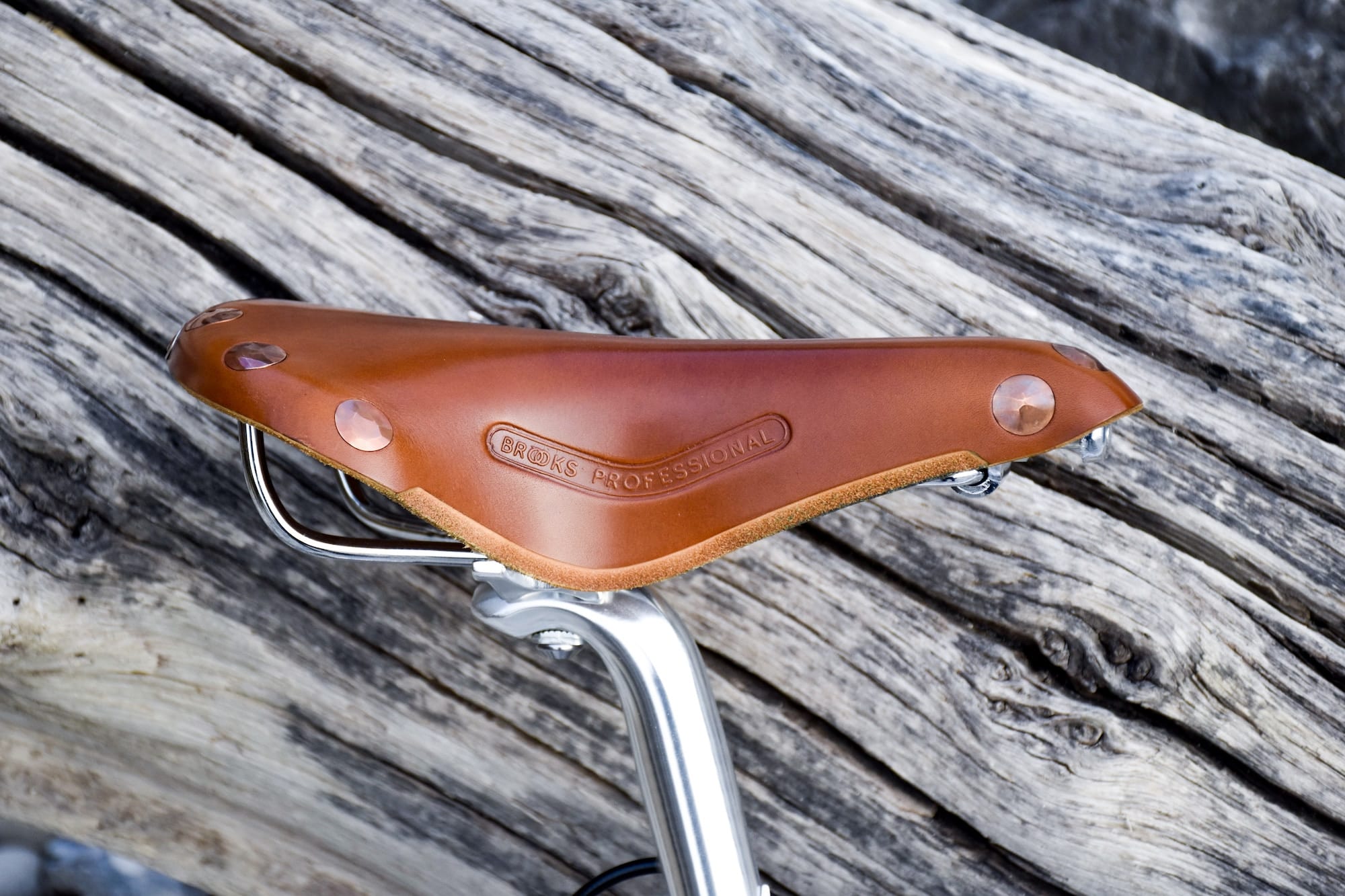We’ve seen tubeless tires on cars decades ago. And now it has come to bikes. Do you think it’s time to move from regular cycling tires to tubeless bike tires?
Tubeless bike tires are getting popular nowadays — especially among mountain bikers. What was once reserved to elite pro bikers is now readily available to biking enthusiasts like you and me. If you want to have a tubeless bike tire, you need to make sure that your tire, seated valve, and rim are airtight. You also need your tire’s bead to lock onto the rim. These can all be done using a special sealant.
What Are the Advantages of Tubeless Bike Tires?
Tubeless cycling tires are popular for key reasons:
- Your bike is lighter. Going tubeless will help shave off some weight off your bike. How much weight? Well, that depends as there are a variety of ways to go tubeless. On average, you can save up to 200 grams when you use tubeless bike tires.Take note that tubeless cycling tires come with a special sealant and an inflation valve which adds to the total weight of your bike. They’re not super heavy though, so the net weight is always on the lighter side.
- You’ll ride better. While this benefit is relative, many bikers report that using tubeless bike tires improved their overall riding experience. Because you don’t have to worry about pinch flats, you can ride tubeless bike tires lower — resulting in better traction especially when doing corners.Riding at low tire pressure also has another benefit — momentum. Instead of bouncing off (like in the case of tubed tires), tubeless tires can conform to obstacles on the ground — absorbing minor bumps to give you a smoother ride.
- You’ll get lesser flat tiresTubed tires are more prone to flat tires. Why? Because running over objects like a rock can squeeze the rim. If the force is strong enough, the impact can tear a hole in your tire. One pinch flat can ruin a good day’s ride.Aside from keeping your tire airtight, the sealant inside tubeless bike tires helps protect against puncture flats too. So, don’t worry if there’s a thorny bush in the middle of the trail. Just ride along and enjoy it!
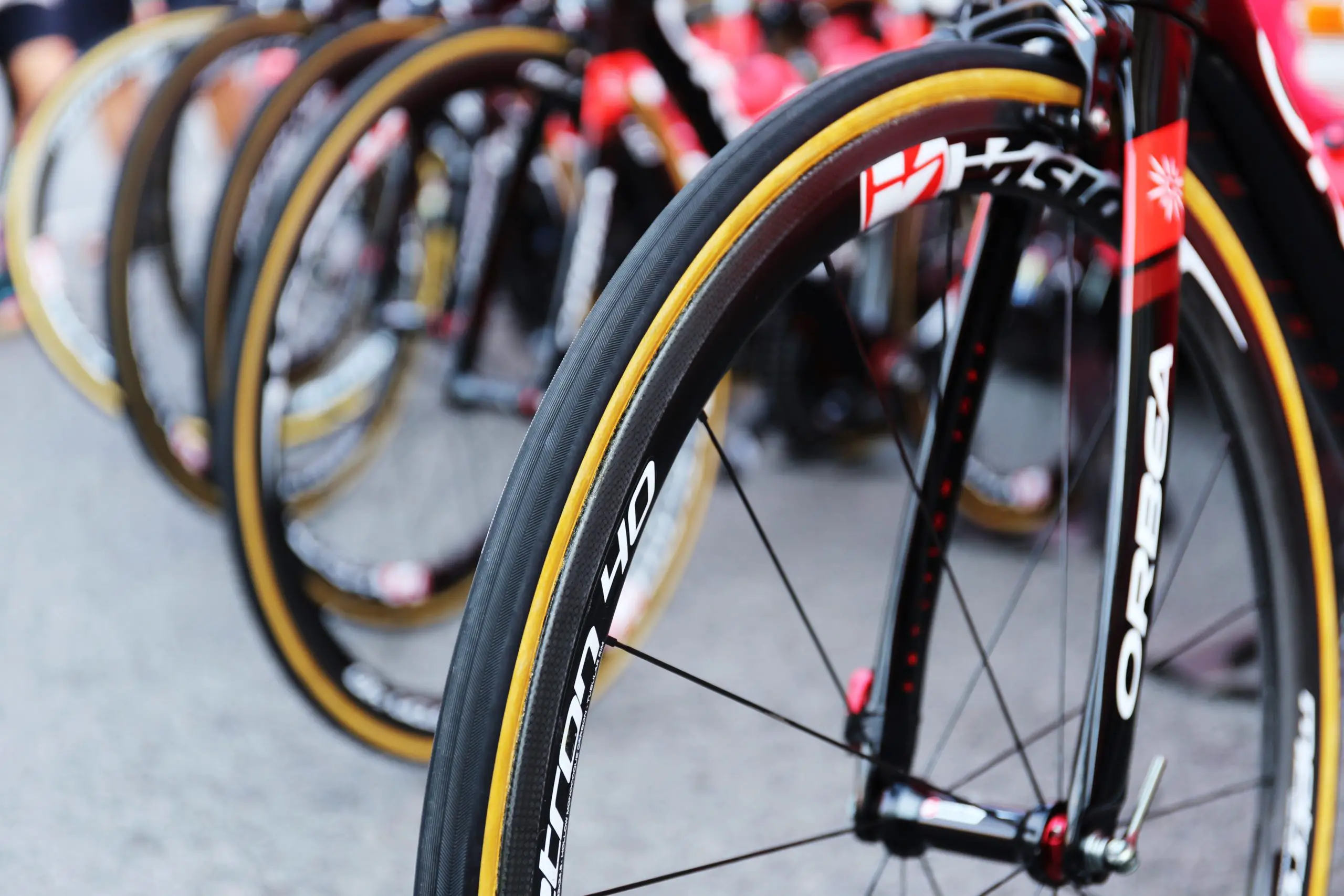
How to Go Tubeless?
So, do you think tubeless bike tires are for you? Here are some of your options if you want to upgrade:
Buying tubeless-ready tires and wheels
This is the easiest option. When buying tubeless bike tires, look for designations like “tubeless-ready, tubeless compatible, or Universal System Tubeless” on the packaging. This is the way to go if you have the budget.
Tubeless-ready bike tires and wheels are easier to mount. They need lesser sealants too because the tires and rims are designed to be airtight from the get-go.Some high-end bikes also come with stock tubeless tires. Make sure to double-check the mountain bike you are planning to buy.
This option comes with two downsides — the weight and the cost. Tubeless-ready wheels and tires tend to be heavier and more expensive than the other option which we will discuss below.
Converting your tube tires and wheels into tubeless
If you are budget conscious, then this option is perfect for you. Using a tubeless conversion kit, you can transform an endless combination of tires and rims. It’s challenging work though. Turning non-tubeless components airtight will require a lot of trial and error.
A tubeless conversion kit comes with rim tape, valve, and sealant.
How to Mount Tubeless Bike Tires
So now you’ve got tubeless compatible tires and rims. What’s next? Well, it’s time to mount them! Here are some tips:
- Don’t be too hard on the levers. The tire bead is delicate. Metal levers can easily kink the bead if you go too hard on them. Use metal levers gently, preferably with soapy water so you don’t accidentally damage your tubeless bike tire.
- Use an air compressor. You need to rapidly inflate a tubeless bike tire so the bead quickly seats on the rim. The best way to do this is by using an air compressor. On the pricier side, you can also use a CO2 cartridge.
- Use a tube if your tire’s bead is not seating correctly. Leave the tube inflated inside the tire for 24 hours. This should help fix that seating problem.
- You can remove the valve core. Removing the valve can help you fill the tire rapidly. Replace the valve core once the bead is seated.
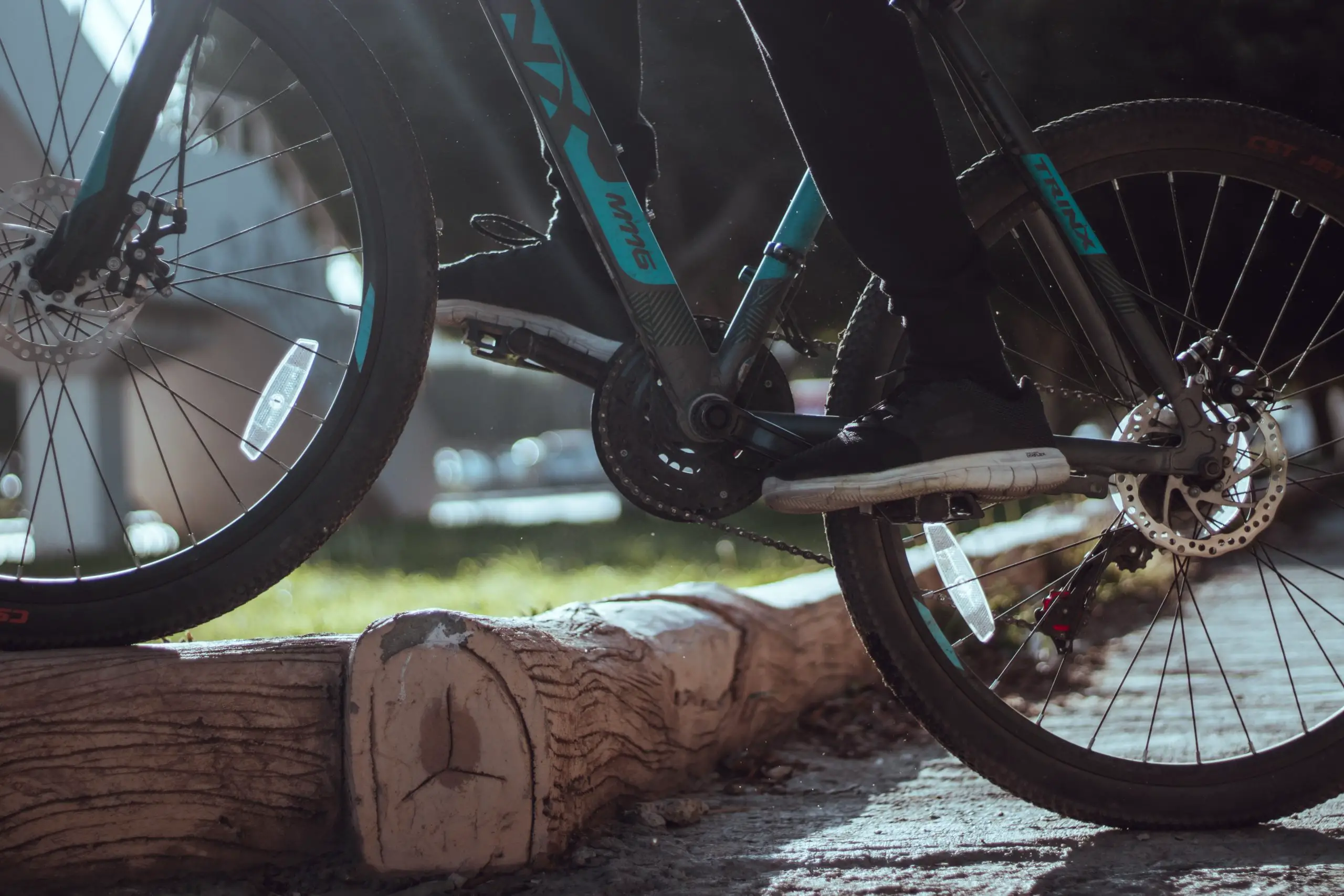
The Disadvantages of Using Tubeless Bike Tires
Before you go and upgrade to tubeless bike tires, I think it’s good if you know the disadvantages of riding tubeless too. Here are some:
Using tubeless bike tires cost money
Compared to regular tires, tubeless-ready tires and rims cost more. But don’t worry, you’ll get more bang for your buck anyways. Top bike brands have various tubeless options available with high-quality rubber and strong and light wheels.
Installing tubeless tires is tricky
The hardest part of installing tubeless tires is making sure that the bead seats on the rim perfectly. Keeping your tubeless tire airtight takes a lot of work. You need to add sealant carefully and then fill the tire with air rapidly.
Adding sealant is messy work
Applying the sealant to keep the space between the tire and rim airtight is a messy business. Not to mention the tire gashing strong enough to splatter sealant on your clothes and other parts of your bike. Expect to do some bike cleaning work once you’re done with the process.
You need to carry a tube wherever you go
Tubeless bike tires are not guaranteed to not go flat. This means that you need to bring an extra tube with you, for good measure, just in case your breach is too big for the sealant to fix.
Your sealant doesn’t last forever
Your tubeless bike tire’s sealant may dry out or dissipate over time. So, you might need to reapply sealant every now now and then. If you live in a warm climate, expect to reapply sealant every few months. If you live in a place with a cool climate, once a year will suffice. Goodluck biking on the snow, though.
That’s it! So, are you going tubeless or not?
Happy biking!


